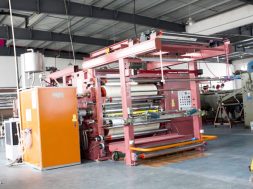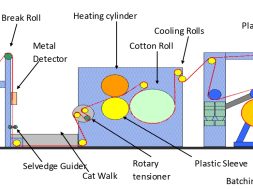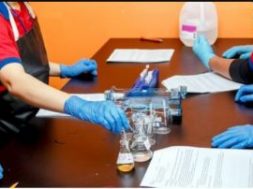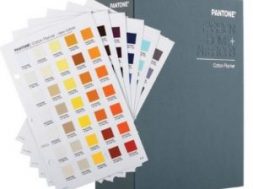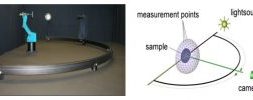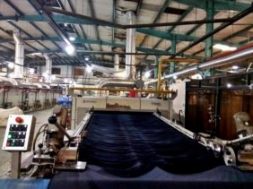Natural dyes in historical textiles from Romanian collections
Natural dyes in historical textiles from Romanian collections
Romanian museums, research centers and monasteries preserve a large number of textiles from the 15th to the 20th century, representative from the historical and artistical points of view. Considering that synthetic dyes became commercially available in the last decades of the 19th century, fibres in these textiles were dyed with natural dyes.
Natural dyes of vegetal and animal origin were initially used in their places of origin and only later became subject of commerce. Considering that the moment of the first trade is sometimes documented, as being connected with historical events or geographical discoveries, identification of natural dyes in historical textiles may bring useful information about the context a textile was created.
In the last century, chemists became more and more skilled in finding methods to identify dyes and biological sources from extremely tiny samples, collected from hidden parts of the textiles or from degraded areas. Such methods consist of complex analytical instrumentation in which a dye solution, extracted from the fibre, is introduced (injected) to be analysed. The most frequently used instrumentation is nowadays composed of a liquid chromatograph having as main unit a separation column, where a mixture of dyes is separated into components. These are then detected by a detector which measures a property, as for example the UV-Vis spectrum, for each of the separated compounds (dyes). These measured data is compared with data collected on standards. Criteria for identification include the measured property and the retention time, which is the period between the moment the mixture enters the column and the individual component is detected. More sophisticated methods of identification include a second detector, connected in line after the first one, to measure another property, as for example a mass spectrometer which measures the componds’ (the dye’s) molecular mass. Even more complicated infrstructures may also reveal information regarding the dye’s structure. A typical configuration for dyes characterisation and identification is liquid chromatography with UV-Vis (diode array) and mass spectrometric detection.
This method of analysis was applied to study dyes in textiles from Romanian collections. Samples from textiles representative for the Romanian heritage were provided by textile restorers, mainly taken during the conservation procedures. Ecclesiastical embroideries from the 15th to the 19th century, brocaded velvets dated between the 15th and the 17th century, Oriental carpets (15th to 20th century) and 19th to 20th century traditional (etnographical) textiles were studied in terms of dye analysis. The research revealed that expensive important dyes of vegetal and animal origin were used for ecclesiastical embroideries and brocaded velvets in the princes courts. Madder, weld and indigoid dyes were the main used sources of colour in Oriental carpets while both local and imported dye sources were used in the traditional textiles, in the 19th to 20th century. Synthetic dyes became used even before the beginning of the 20th century.
Identification of natural and early syntetic dyes in historical textiles provides extremely valuable information regarding the context an object was created and may also contribute to the object conservation.
Copyright:
(16)
